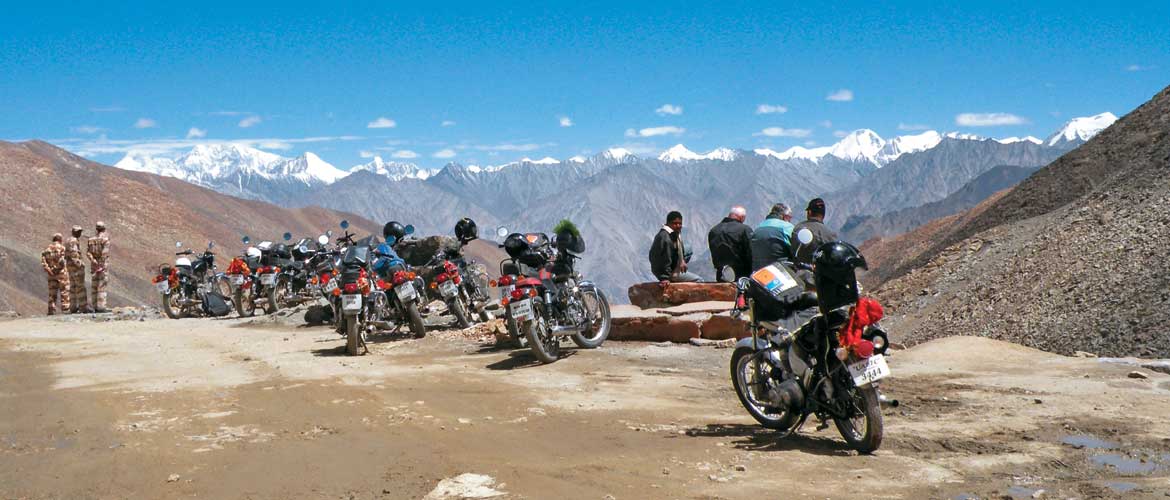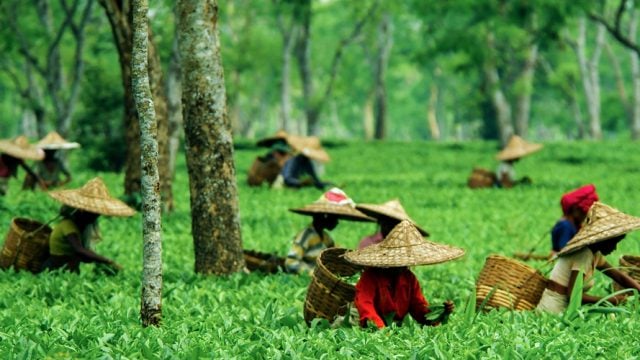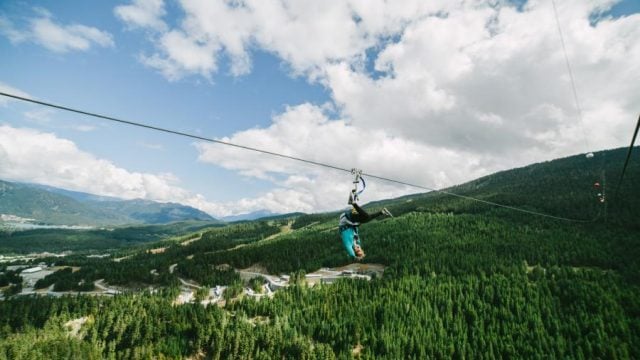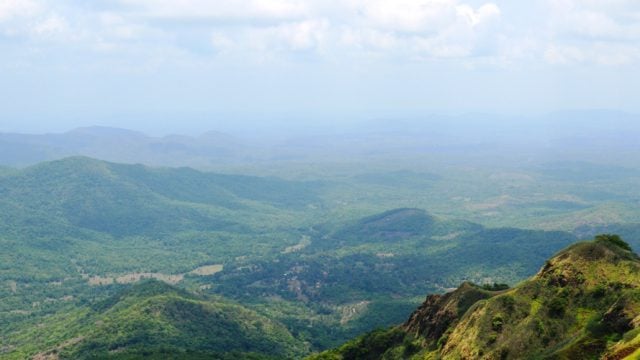Kashmir For centuries, the valley of Kashmir was renowned for its beauty. In fact, it was
Zanskar
The barren valleys of Zanskar, south of Ladakh, were once inaccessible. But now a road runs through Zanskar’s centre, from Kargil to Padam. Hundreds of trekkers cross over to Padam in central Zanskar from Darcha in Lahaul. This is rapidly becoming one of the region’s most popular trails. It is easily approachable from Kargil in the west.

For experienced climbers, there are high peaks such as Nun (7,135m) and Kun (7,135m). Others can attempt climbings peaks like Zanskar 1 (6,181m) and Zanskar 2 (6,175m).
Ladakh
Ladakh is sometimes called ‘Little Tibet’. Caravans used to pass through Leh on the way to and from Central Asia. Almost all the valleys of Ladakh are now open to foreigners. The lakes of Pangong and Tso Moriri are known for their ethereal beauty.
There are peaks as high as 6,600m around Tso Moriri in the Rupshu Valley in southeast Ladakh. The highest amongst them are Lungser Kangri (6,666m) and the neighbouring Chhamser Kangri (6,622m). There are many trekking routes here and mules, horses and donkeys (khotas) are easily available to carry luggage and equipment.

East Karakoram
The eastern Karakoram ranges span along the northernmost parts of Ladakh. These form a sub-group in the Great Karakoram Range. It has very high peaks, some of which have been scaled only in recent years. Towards the west is the Nubra Valley, drained by the river of the same name. It originates from the Siachen Glacier. Opposite Khardung La, one of the highest motorable passes in the world, is the Arganglas Valley. You can undertake long treks to various glaciers and passes along the Shyok river. Due to the region’s proximity to the Chinese frontier, you need special clearances and permits from various authorities to trek here. So carefully plan your trip and apply for permissions well in advance to avoid disappointment.
East Karakoram
Great Himalayan Range
Harish Kapadia





